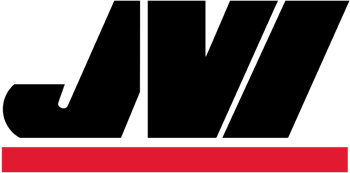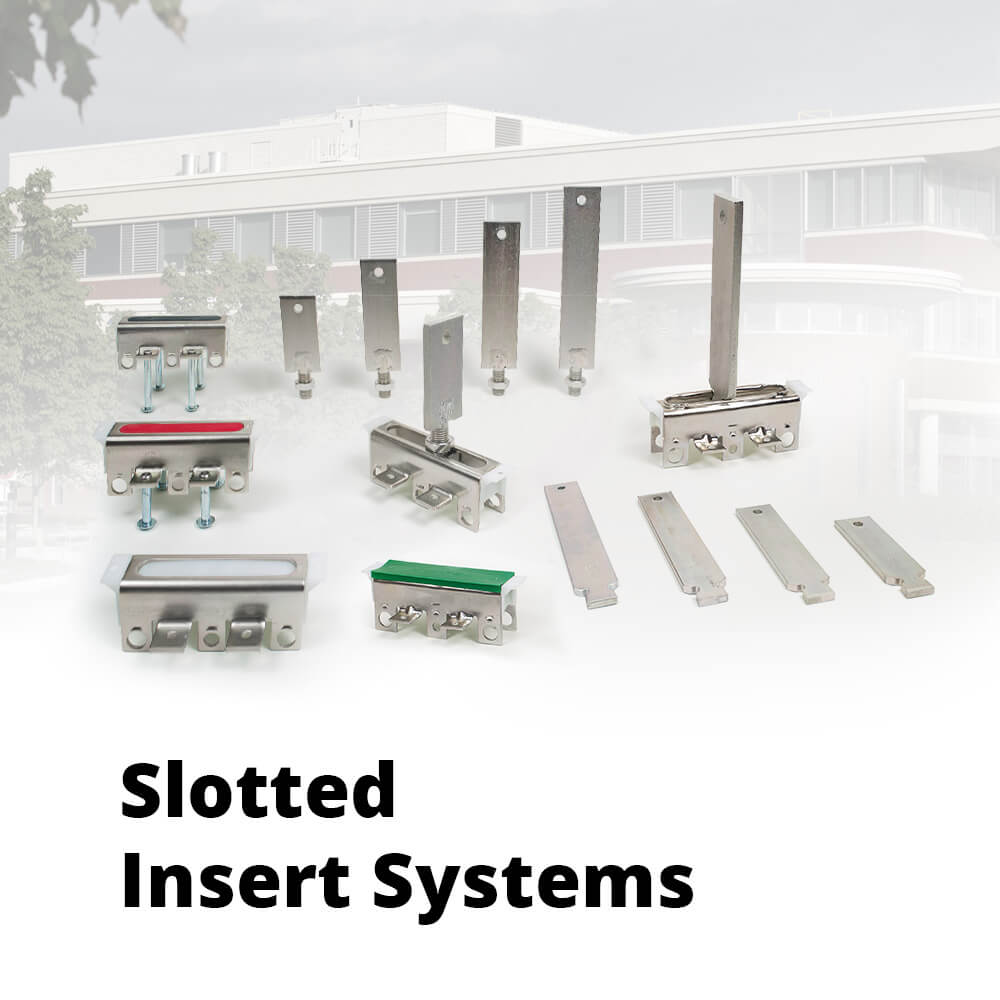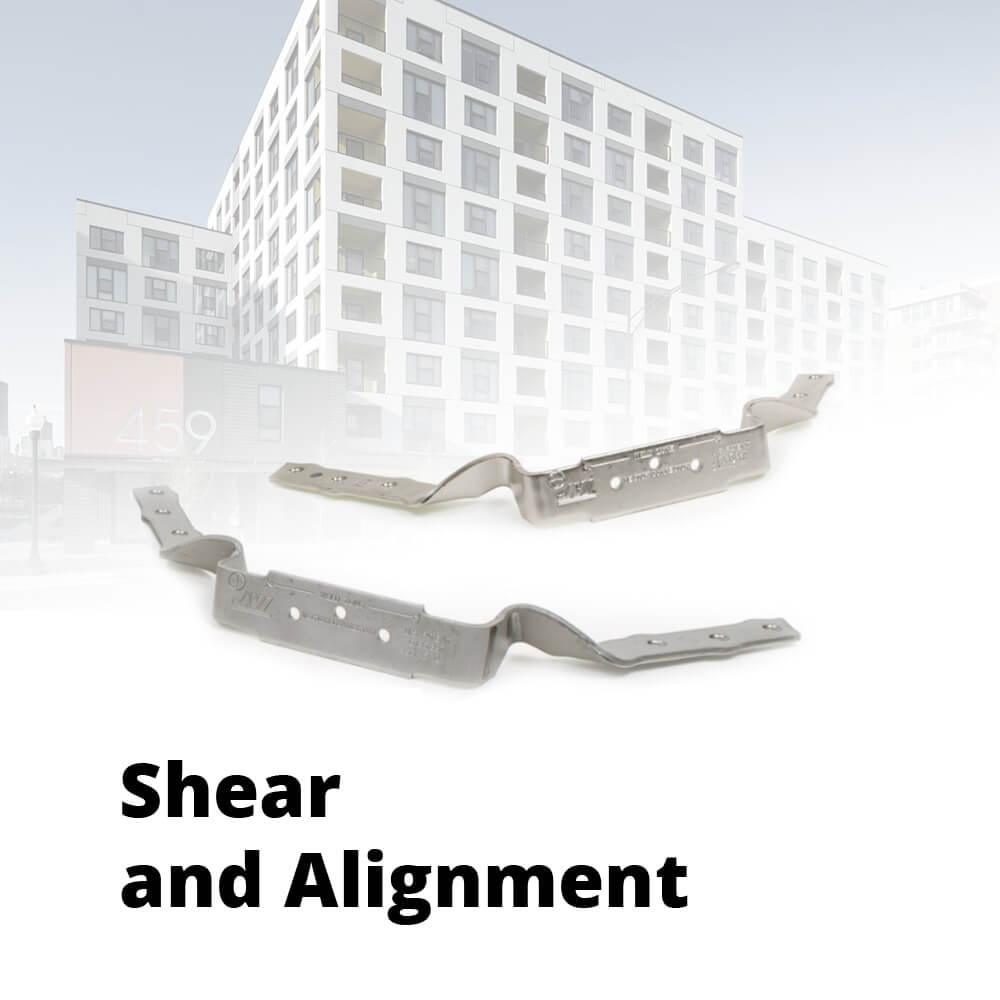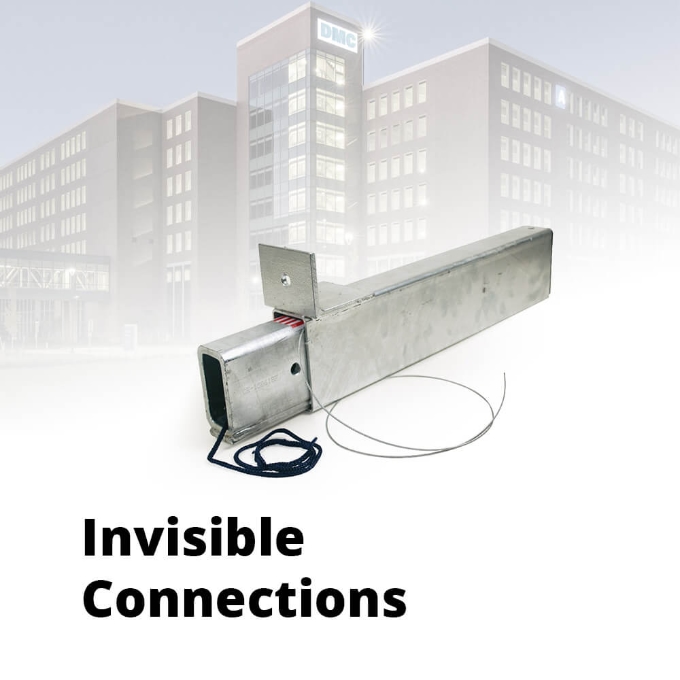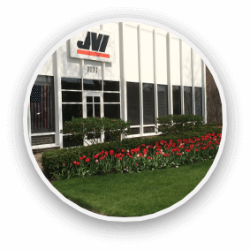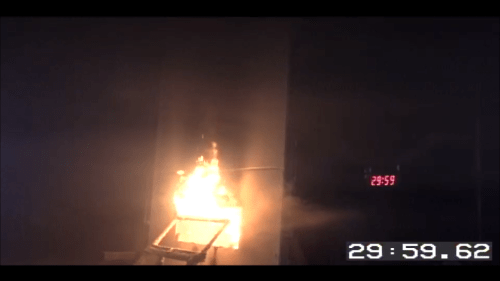
A Bonanza of New Materials
Credit: Original article published here.
Long ago fire was invented by Zug Zug. Much later Suzy Zug Zug forged iron for an early civilization. Julius Zug Zug then made concrete for the Romans. 100 years ago Adolphus Zug Zug began working on high strength steel drawn into wires that would become prestressing strands. These are the materials embraced by Wells Concrete and the prestressed concrete industry for decades. Few new materials have been allowed to join the club. Chad Zug Zug’s board foam insulations made insulated precast sandwich wall panels possible and was begrudgingly accepted.
Over the past few years Wells Concrete has been more accepting to considering the use of other materials. The following are items that items that look like they will make the make the cut.
- Fiber Reinforcing Polymers (FRP): Wells’ experience with FRP products has predominantly been with connecting the layers of concrete in insulated wall panels (known as wythe connectors). These replace traditional steel wythe connectors which conduct heat across the insulation layer, reducing the insulating value of the wall. Various FRP wythe connectors, which typically use glass or carbon fibers, have negligible heat conductance and don’t short circuit the insulation layer. Another promising application is using FRP bars to replace conventional steel reinforcement where corrosion of the steel is a concern.
- Self-Consolidating Concrete (SCC): The flowability and self-consolidation of SCC can increase casting productivity and accommodate detailing where applying vibration is impractical. Double T stems were one of the first items where Wells used SCC. They’re a deep and narrow pour that can be prone to pin-holes and honeycombing. SCC reduces those defects.
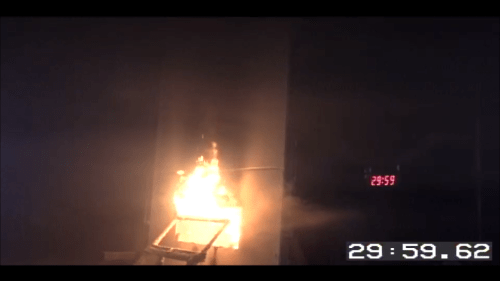
Last second of NFPA 285 fire test
- Structural Steel Sections: Not a new item, but its increased use at Wells is new. Wells implemented the use of steel sections for temporary wall panel bracing through openings in lieu of concrete three years ago. This addressed safety concerns with the onsite removal of temporary concrete in openings by sawing. It also broke a barrier for us that it was okay to make some things from steel. Wells has even been developing a wall panel with an exterior layer of precast backed by a structural steel frame.
- Fiber Reinforced Concrete (FRC): Fibers can be used in concrete as a secondary reinforcement in addition to conventional reinforcing. There are many types of fibers. They may target increased resistance to cracking, abrasion, impact or improve ductility. Additionally, macrofibers can be used as primary reinforcing, replacing conventional steel reinforcing. Fibers are new to Wells and its use is still in development. Some product lines are using fibers as secondary reinforcing to reduce cracking.
- Sprayfoam Insulation: A new wall panel system with a precast exterior and steel frame incorporates sprayfoam. The sprayfoam is applied to the concrete and frame in our facilities after the concrete cures. This sprayfoamed cladding wall system has recently passed NFPA 285 fire tests.
Tim Edland
Research & Development Director
